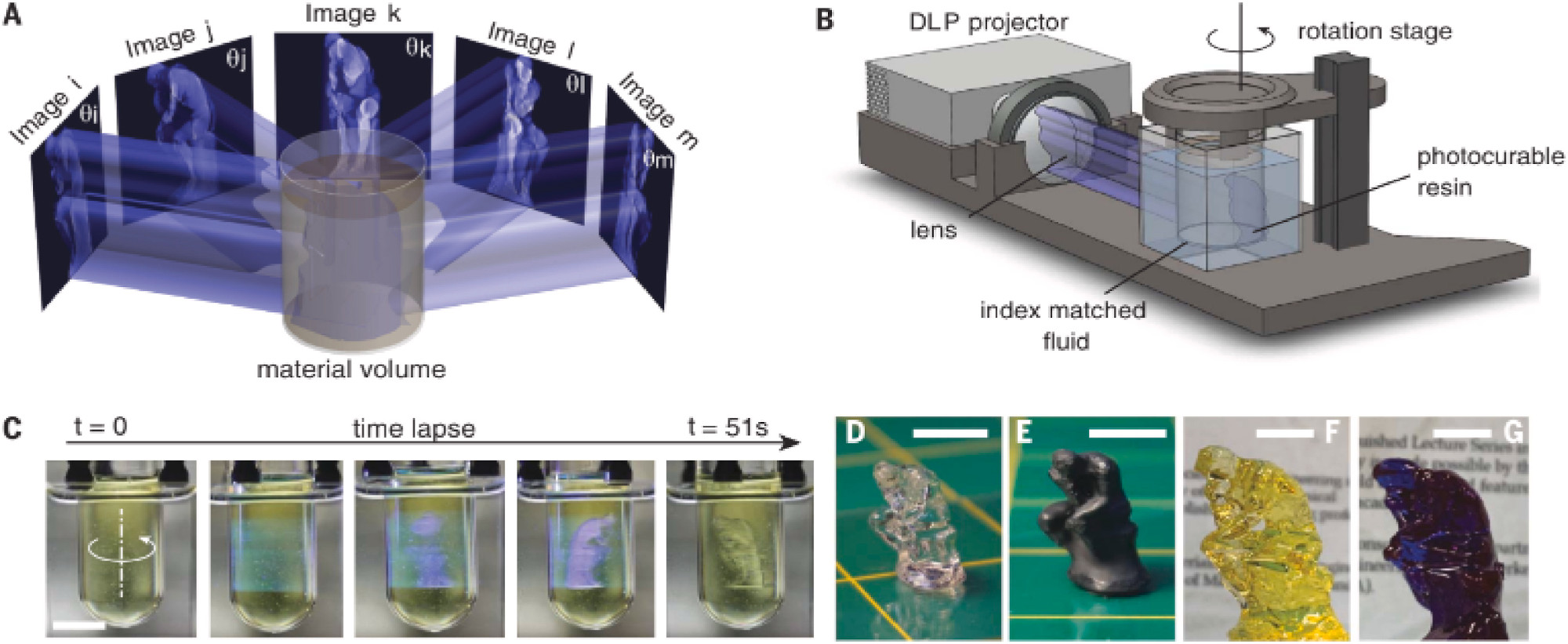
Axial 3D Printer Aces Test Aboard Virgin Spaceplane
Right here on Earth, with the ability to 3D print substitute components is helpful, however not often vital. In case you’ve received a damaged o-ring, printing one out is simply saving you a visit to the ironmongery shop. However on the Moon, Mars, or in deep house, that damaged element could possibly be the distinction between life and demise. In such an setting, the flexibility to print substitute components on demand guarantees to be a sport changer.
Which is why the current profitable take a look at of a next-generation 3D printer developed by a gaggle of Berkeley researchers is so thrilling. Throughout a sub-orbital flight aboard Virgin Galactic’s Unity spaceplane, the SpaceCAL printer was capable of quickly produce 4 take a look at prints utilizing a novel printing expertise often called computed axial lithography (CAL).
NASA already demonstrated that 3D printing in house was attainable aboard the Worldwide Area Station in a sequence of checks in 2014. However the printer used for these checks wasn’t far eliminated technologically from industrial desktop fashions, in that the objects it produced have been constructed layer-by-layer out of molten plastic.

Compared, CAL produces a strong object by polymerizing a extremely viscous resin inside a rotating cylinder. The trick is to nearly rotate the 3D mannequin on the similar pace because the cylinder, and to venture a 2D illustration of it from a hard and fast view level into the resin. The method shouldn’t be solely sooner than conventional 3D printers, however includes fewer shifting components.
Lead researcher [Taylor Waddell] says that SpaceCAL had already carried out effectively on parabolic flights, which give a reduced-gravity setting for brief intervals of time, however the longer length of this flight allowed them to push the machine farther and gather extra information.
It’s additionally a wonderful reminder that, whereas usually dismissed because the playthings of the rich, sub-orbital spacecraft like these being developed by Virgin Galactic and Blue Origin are able to internet hosting actual scientific analysis. So long as your experiment doesn’t must be in house for various minutes to perform its targets, they will supply a ticket to house that’s not solely cheaper than a conventional orbital launch, however comes with much less pink tape hooked up.

